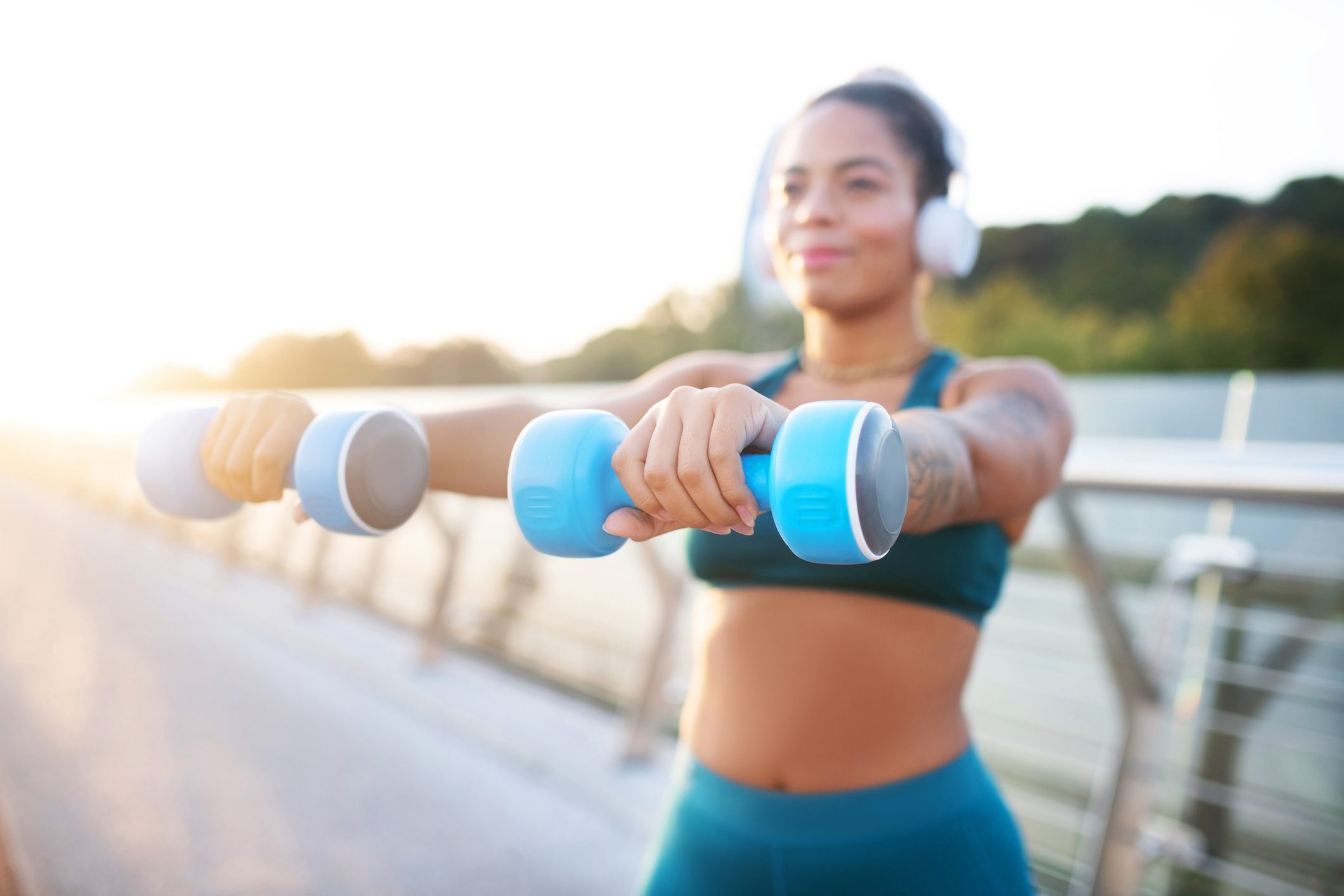
Watch your form
Nothing torpedoes a New Year’s resolution to adopt a consistent fitness regimen quite like injuring yourself with fitness moves you’ve never tried before. But if you’re new to a certain type of exercise, or simply haven’t been exercising regularly, that can easily happen. That’s why it makes sense to enlist a personal trainer when getting started, whether it’s at your gym, or virtually with live instruction.
While some fitness moves are basic, others aren’t as simple as they seem. Here are 16 moves that fitness trainers suggest avoiding.
(Related: The Health Benefits of Skiing, Skating, and Playing in the Snow)
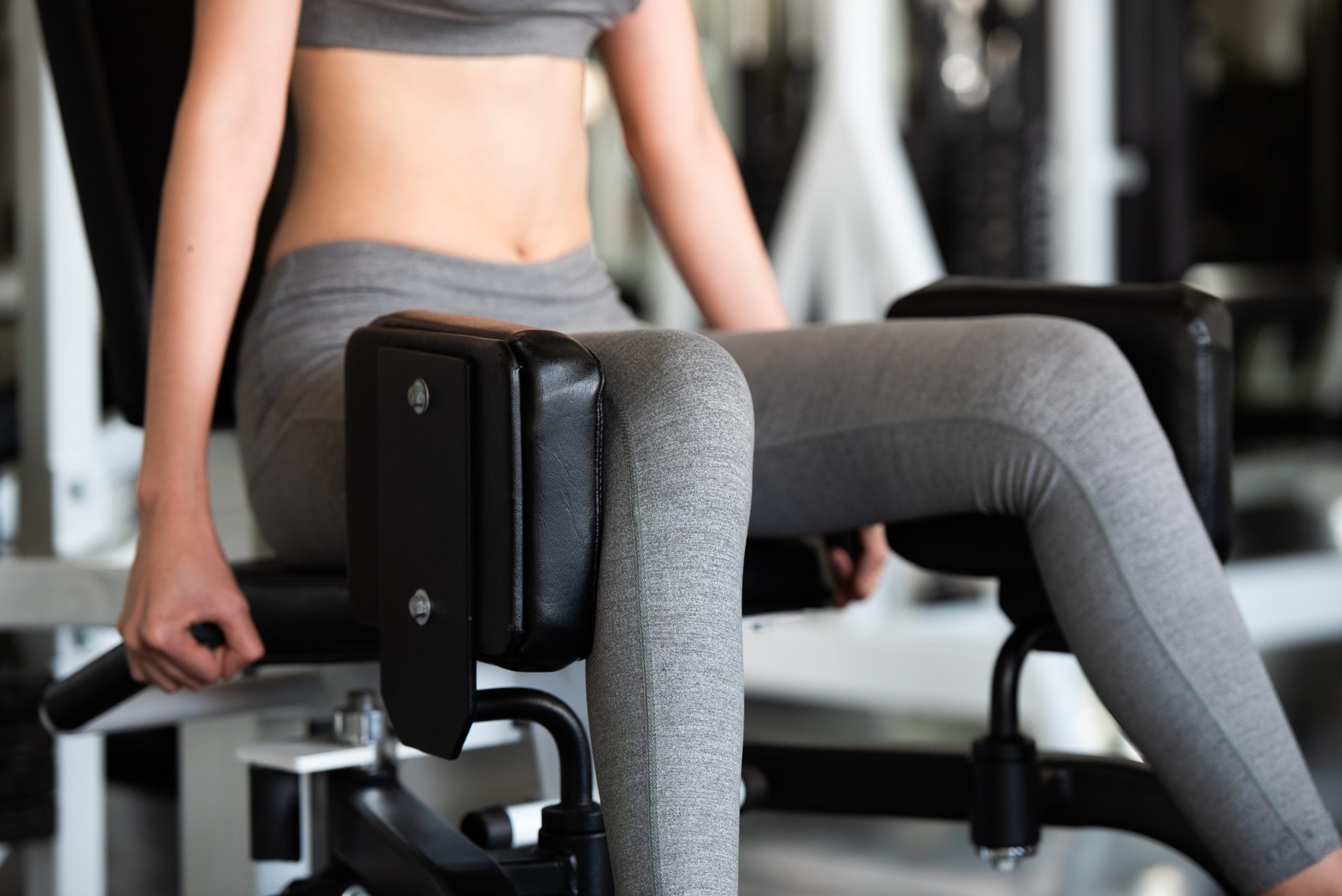
Seated inner and outer thigh weight machine
People are most often not sitting in the chair properly which puts unnecessary stress on the low back and strains the muscles of the adductors and hips, says Jaimi Jansen, a certified personal trainer in Santa Cruz, California. “This movement also does not generally mimic specific movement patterns of many common actions in athletics.” In other words, you don’t really do those moves in daily life, so there isn’t a real need to target those areas (which are covered by plenty of other moves and activities).
(Related: Why Exercise Can Be the Most Effective Way to Relieve Stress)
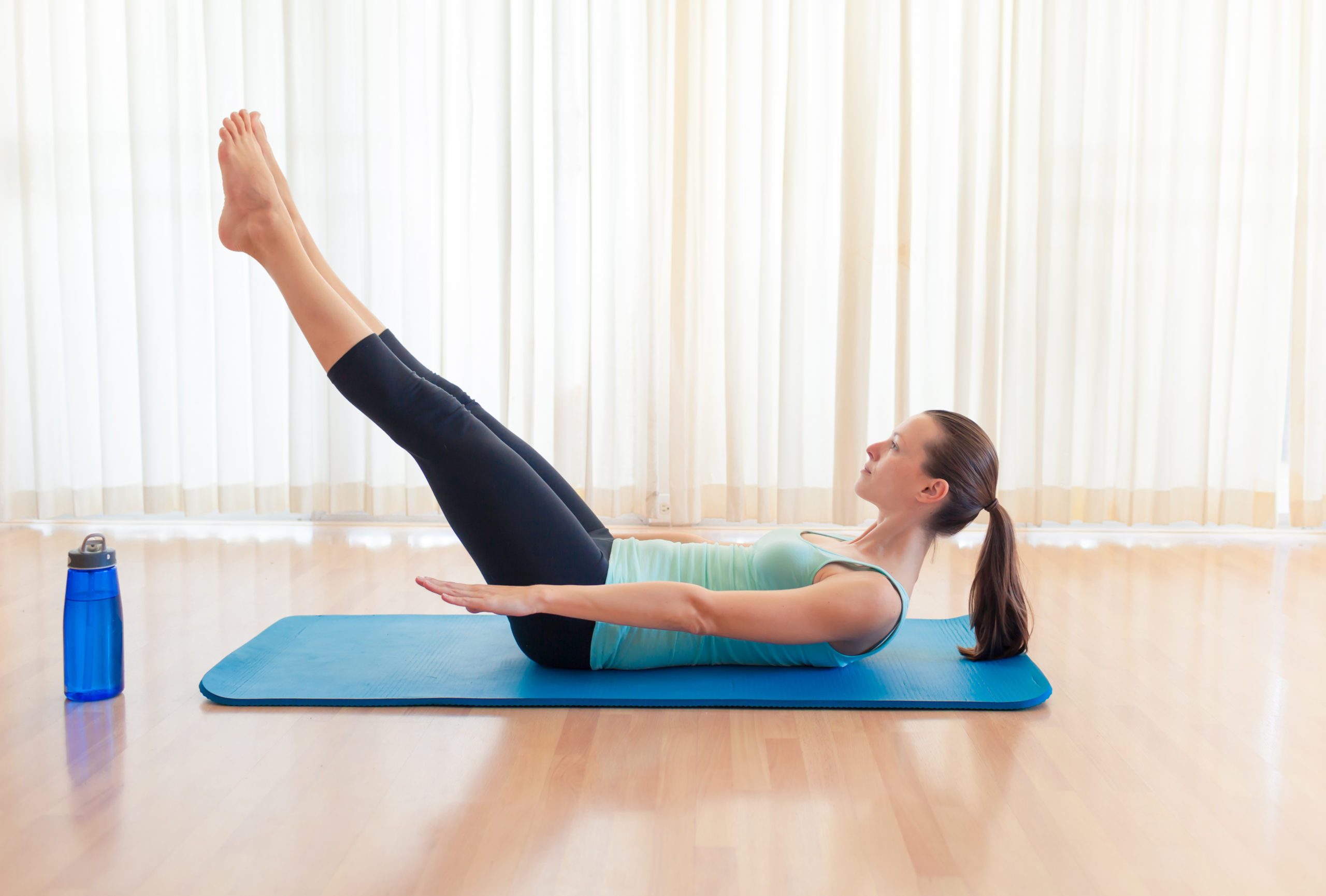
Straight leg lifts from the floor
“This has been taught as an ab exercise when in fact it puts unnecessary pressure and force on the low back,” Jansen says. “It also does more to activate the hip flexors when lifting the legs than helping create that washboard stomach. One of the main hip flexors, the psoas, attaches to the lower back. So the tighter it gets, the more it pulls on the lower back.”
The cost-benefit of this exercise is just too high for the average gym-goer, she says. “There are far better ways to isolate the abdominal muscles.”
(Related: How to Warm Up Properly Before A Winter Workout (And What To Do After))

Full sit-ups
According to Bill Daniels, an NASM-certified personal trainer in Walnut Creek, California, sit-ups put significant strain on your lower back, which can lead to pain and injury.
“When you do a full sit-up, you put a tremendous amount of stress on the vertebrae in your lumbar spine (lower back),” he explains. “Over time, this can result in damage to the discs in your back. Additionally, most people lack the strength to do them properly. As a result, they tend to overuse the arms to complete the movement by pulling on the head or thrusting their bodies through the weakness, and this only amplifies the threat of injury.”
Instead, Daniels recommends beginning with crunches. “This will keep your lower back protected while still getting a contraction in the abdominal wall,” he says.
(Related: Can Apple Fitness+ Change Your At-Home Workout Game?)
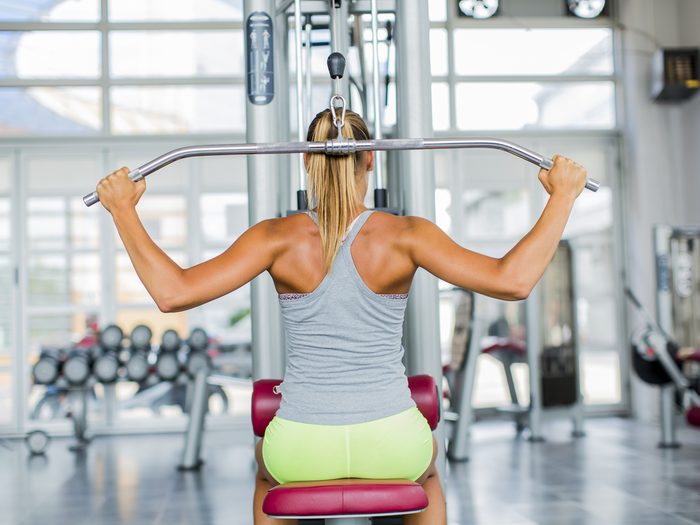
Behind-the-head pulldowns and military presses
While he believes lat pulldowns and the military/overhead press are great exercises, Daniels commonly sees people doing them behind the head. That minimizes the benefit and ups the risk of injury.
“In order to get the bar behind your head, you need to either rotate the shoulders back—creating unneeded stress on the rotator cuff—or stick your head out to get it out of the way, leaving your neck in an awkward position,” he says. “Either way, the likelihood of injury skyrockets. If you injure your rotator cuff, you lose the full capacity of what you can do with your arms. And if you injure your neck, you put your entire spine at risk. Either way, it’s a bad injury and could take months to heal.”
Instead, he recommends doing these exercises from the chest and keeping your eyes on the bar during the entire movement.
(Related: How to Do Push-Ups Properly)
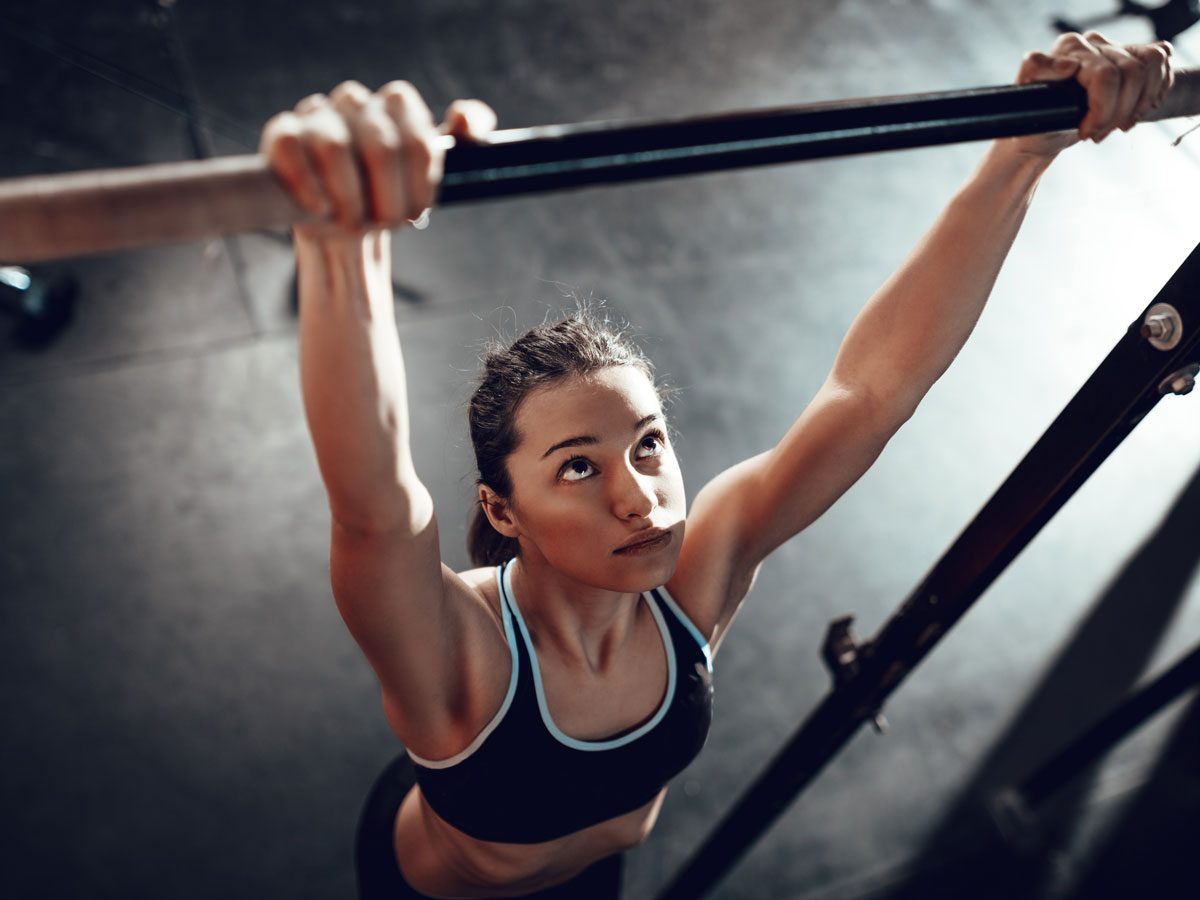
Swinging pull-ups
Pull-ups are a challenging exercise that require a lot of strength in order to perform them properly, Daniels says.
“To compensate for this weakness, people often use momentum by swinging themselves to create a slingshot effect,” he says. (These are also known as kipping pull-ups.) “The problem with this is that we live in an age where people sit at a desk all day and don’t often move their shoulders in the full range of motion, creating tightness in the rotator cuff. This means that getting your arms overhead can be difficult. Combine that with using your body weight to swing into an overly stretched position and you’re further adding to your risk of injury.”
Instead, he recommends using bands or a weight-assist machine to do pull-ups at a resistance that is less than your body weight.
(Related: Need Some Fitness Inspo? Here Are 9 Amazing Canadian Women to Follow Now)
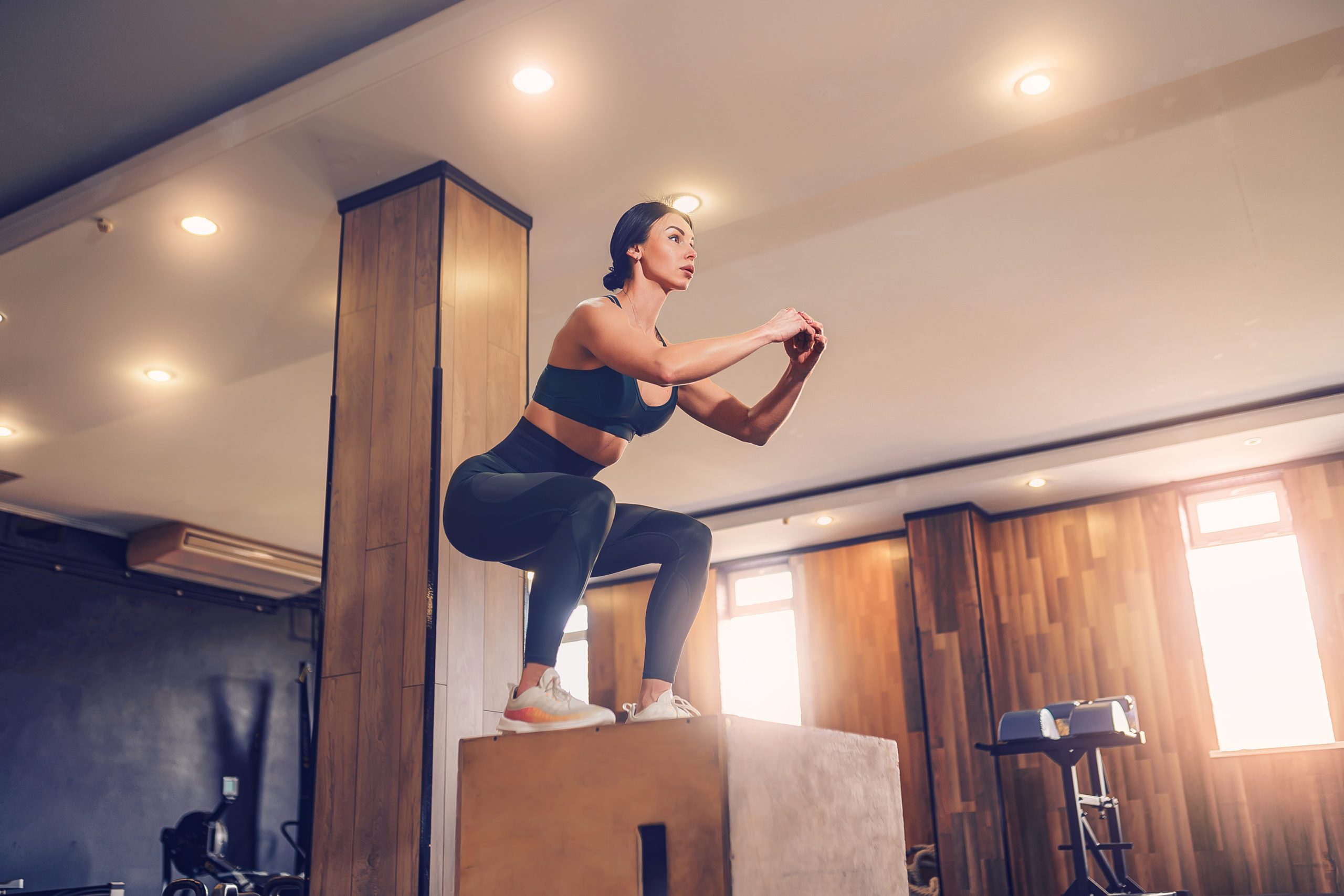
Box jumps
Plyometrics, or box jumps, were originally added to elite athlete programs to get more explosion in their lifts. But they can be hard on the joints for the average person, Daniels says.
“When you jump off of a box, you land with a force of four to 10 times your body weight, which is a lot of pressure on the ankles, knees, and spine,” he explains. “If you have any muscle imbalances or movement dysfunction in that landing, you are asking for trouble. Save your joints and go easy with your landings on the way up and stepping down off the box.”
(Related: These Trendy Ankle Weights Will Transform Your At-Home Workout)
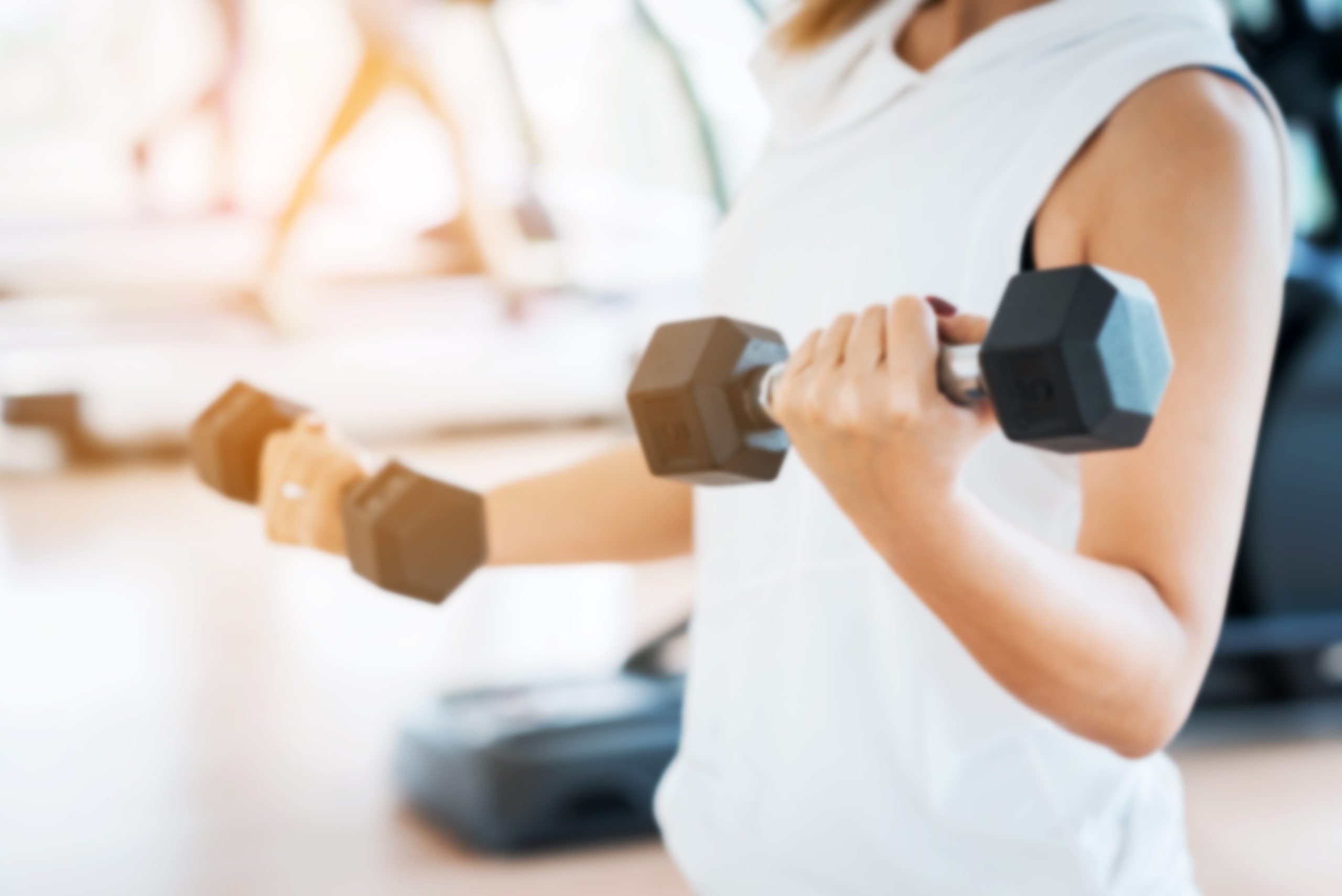
Standing on unstable surfaces to lift weights
Even if you get better at balancing on unstable surfaces, it doesn’t translate to better balance on stable surfaces, Daniels says. This is because you use different muscles to try to control the moving thing under you instead of controlling your body. Many people also have underlying low-level vestibular (inner-ear) issues that need to be addressed in order to balance better. Instead, he recommends standing on the ground with your feet close together or standing on one foot.
(Related: 4 Strength Training Tips Every Woman Needs to Know)
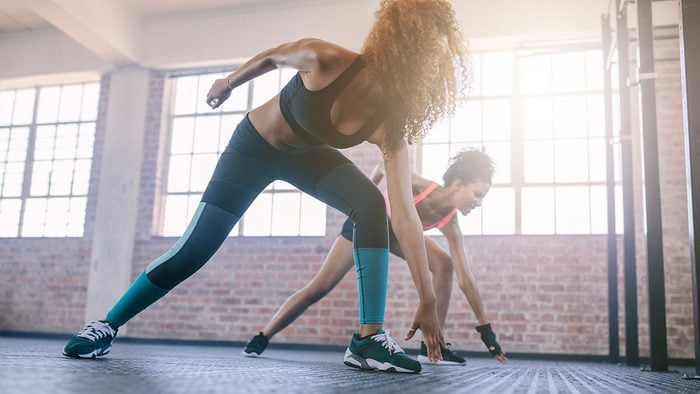
Burpees
This dynamic move that takes you from a standing position down to the floor into a push-up and then back up into a jump can be hard on the joints. “Burpees are a high-impact movement that puts unnecessary stress on the wrist, shoulders, knees, and lower back, which is why many trainers wish they would take a hike,” says Roger Montenegro, an exercise physiologist and NSCA-certified strength and conditioning coach in New York City. Instead, try breaking the move up into distinct parts—push-ups, jumping jacks, squats—and do sets of each.
(Related: 9 Walking Mistakes You Didn’t Know You Were Making)

Bench dips
Supporting your body with your arms as you slide your rear off the edge of a bench or chair—and then dipping down—is asking a lot of shoulders. A medium-intensity exercise, bench dips—a.k.a., tricep dips—use your own body weight to strengthen mainly your triceps. Since they can be done almost anywhere there’s a bench or a chair, they are a common go-to fitness move, especially for people working out at home. But here’s the thing: “Bench dips put an extreme amount of stress on the shoulder joint, exactly where we don’t want it,” Montenegro says.
(Related: 17 Myths You Shouldn’t Believe About Fitness After 50)
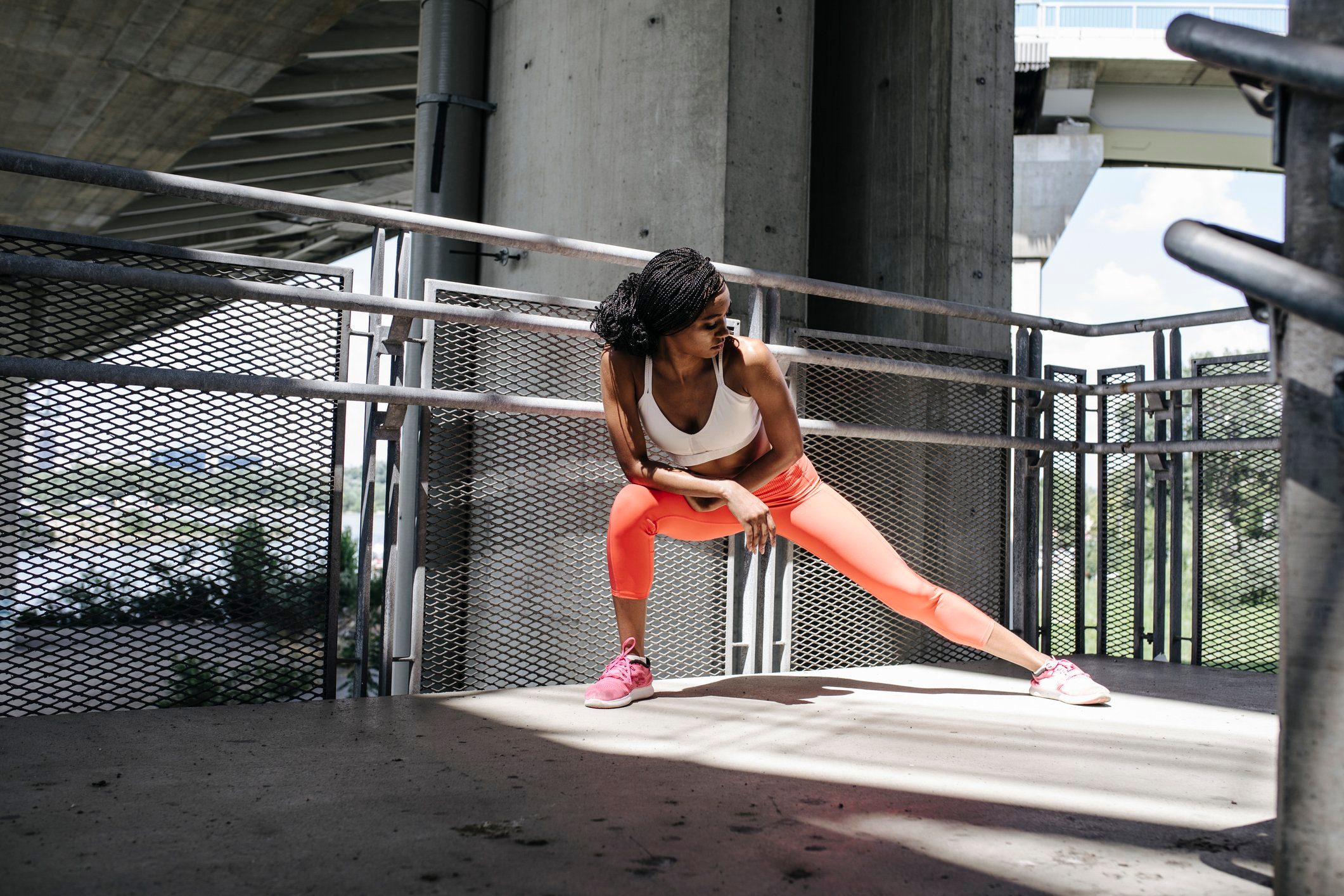
Lunge jumps
Lunge jumps are a plyometric (jump training) exercise that requires explosive movements to alternate smoothly between each leg, says Lee Jay, an ACE-certified personal trainer based in Tel Aviv.
“This type of dynamic stability exercise builds strength across the lower body, but is more of an advanced movement that requires form precision to avoid misplacement and force on the knees,” she says. “If you lack the strength and power to interchange between legs, you can land misaligned which may lead to a host of injuries.”
Jay recommends starting off mastering alternating lunges and building more plyometric movements into your workout before attempting lunge jumps.
(Related: The 17 Best Arm Exercises For Women)
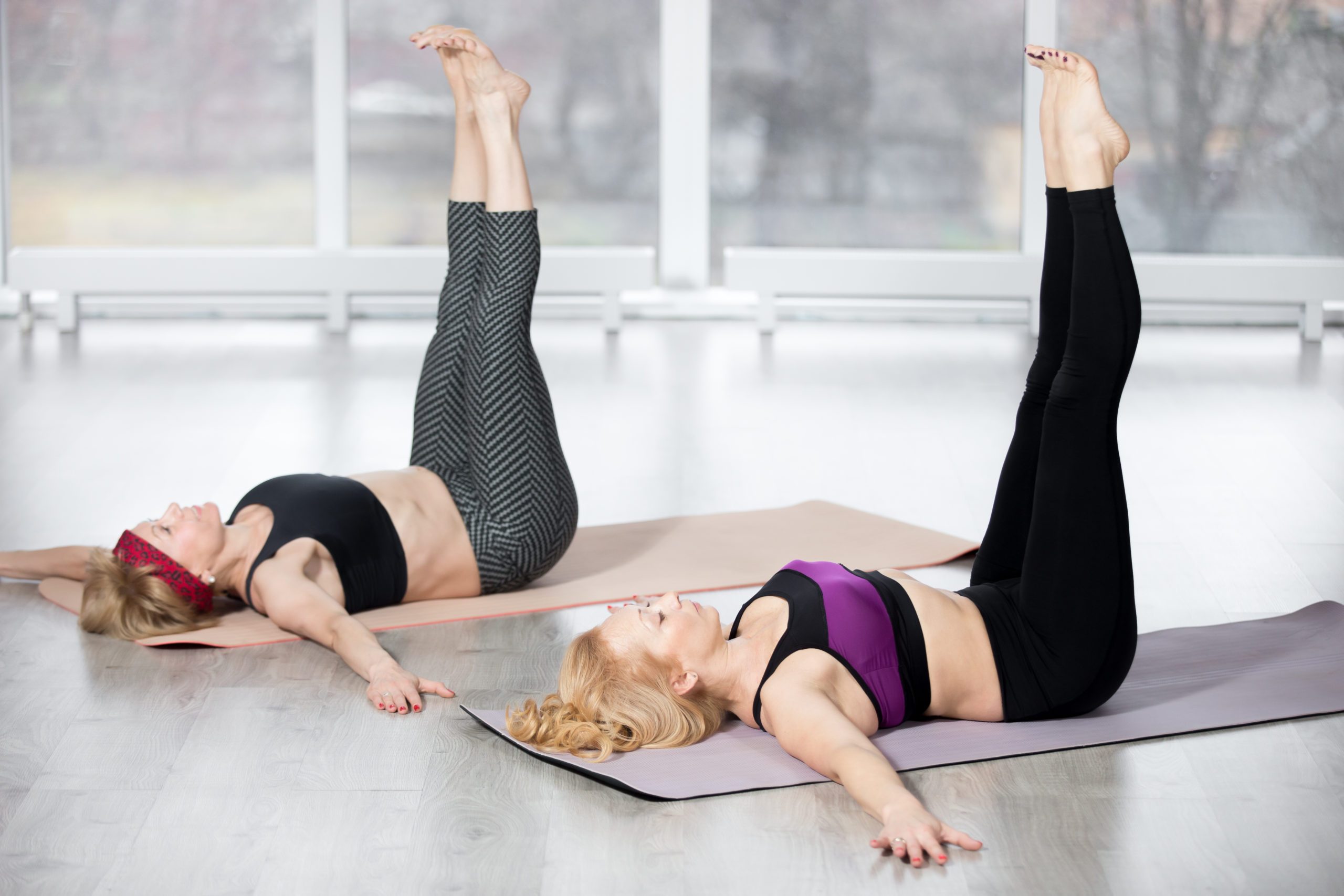
Double leg lifts
Lifting both legs off the ground and lowering straight down with control requires a great deal of core control, Jay says.
“If the spine is not imprinted on the mat and the core is not strong enough to maintain control throughout the movement, you are more likely to pull from the lumbar spine,” she says. “The sheer weight of the legs puts undue pressure on the back and can bring on problems where they didn’t exist before.”
Jay suggests working on core strength exercises such as planks and the Pilates single leg stretch to fire up the torso and build strength in this region before attempting anything more advanced.
(Related: 6 Myths About How to Strengthen Your Core)
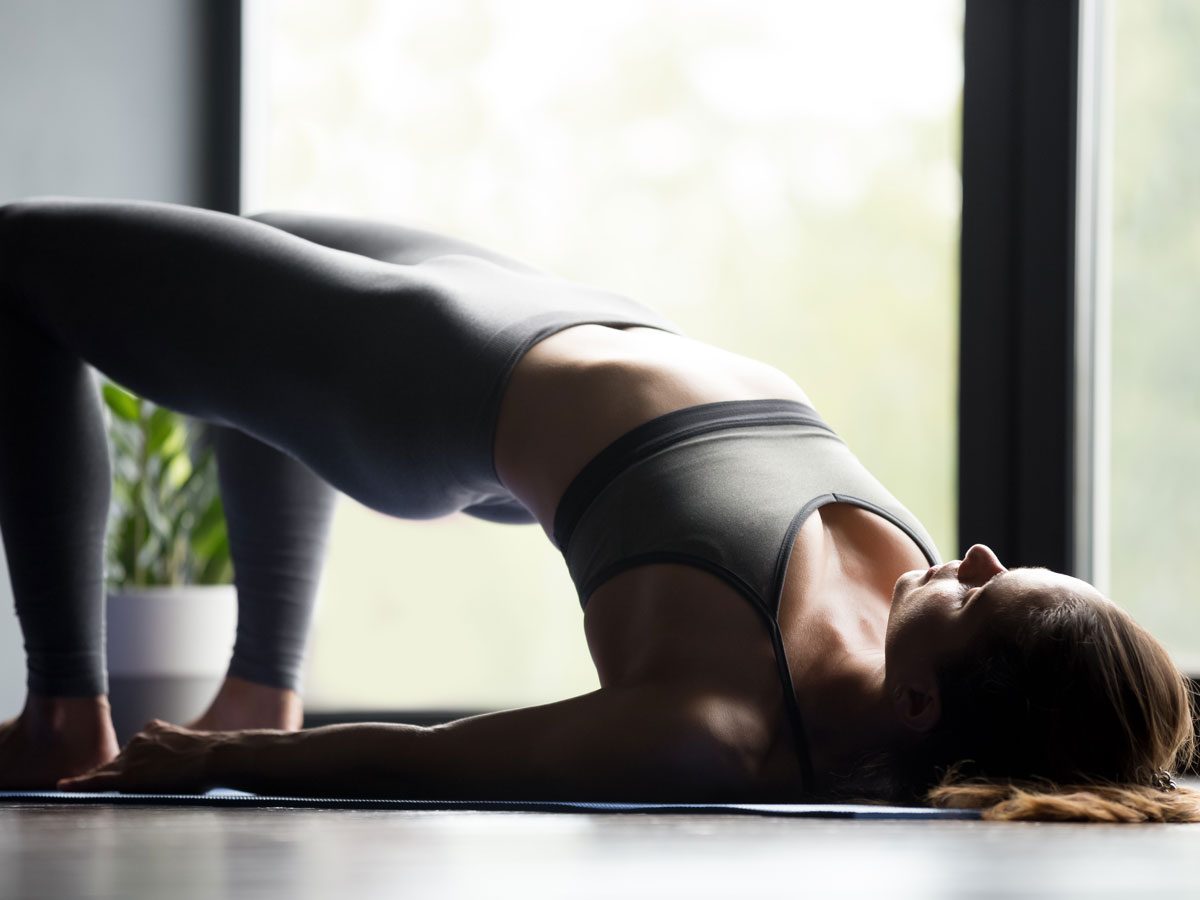
Wall glute bridges
There’s nothing wrong with a straightforward glute bridge, in which you lay on your back with your knees bent, feet flat, and then raise your midsection. The problem is when people start trying the move with their feet on the wall and put bands around their thighs. “This move puts unreasonable stress on your lower back, and doesn’t help strengthen your lower body more than a typical glute bridge or an elevated glute bridge,” says Holly Roser, an NASM-certified personal trainer in San Francisco. “Stick with regular glute bridges; if you need an added challenge you can perform an elevated glute bridge with your feet on top of a weight bench.”
(Related: 4 Expert Tips You Need to Know to Stretch Properly)
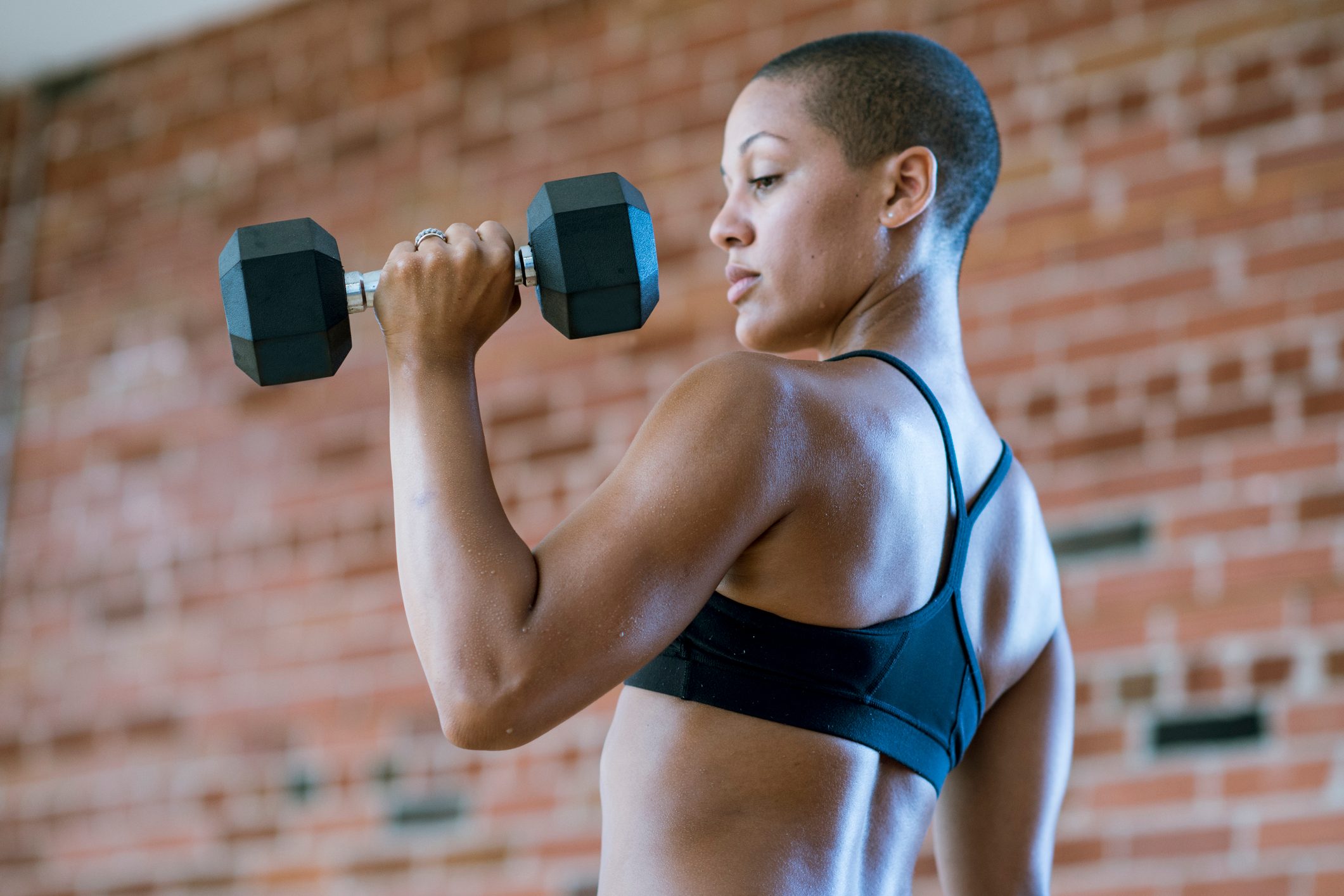
Dumbbell side bends
Holding dumbbells and bending to the side puts the spine in a compromised position. “We have all seen this person at the gym with two dumbbells in their hands dipping from side to side,” Roser says. “This move is seriously dangerous to your back, potentially causing a herniated desk or other spine damage.”
(Related: 3 Activities to Keep You Fit While Working From Home)
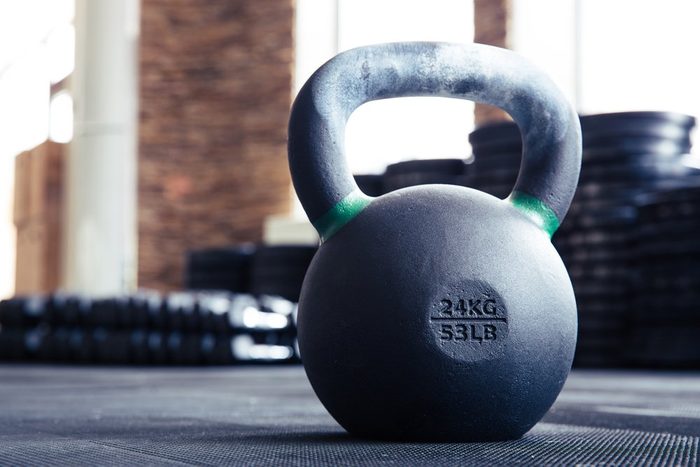
Kettlebell swings
“Kettlebells are my favorite piece of equipment since you can reach every single muscle in your body with one, burning a ton of calories and maximizing your time,” Roser says.
“However, someone who hasn’t been working out consistently for at least four to six months will not have the strength to use a kettlebell safely,” she says. “Kettlebell form needs to be taught to somebody in a one-on-one situation to ensure the proper muscles are firing and the core is engaged. One-on-one coaching ensures the person can be properly trained on kettlebell safety so they don’t injure themselves or someone else, as the kettlebell can fly out of your hand.”
(Related: The Best Walking Workout for Older People)
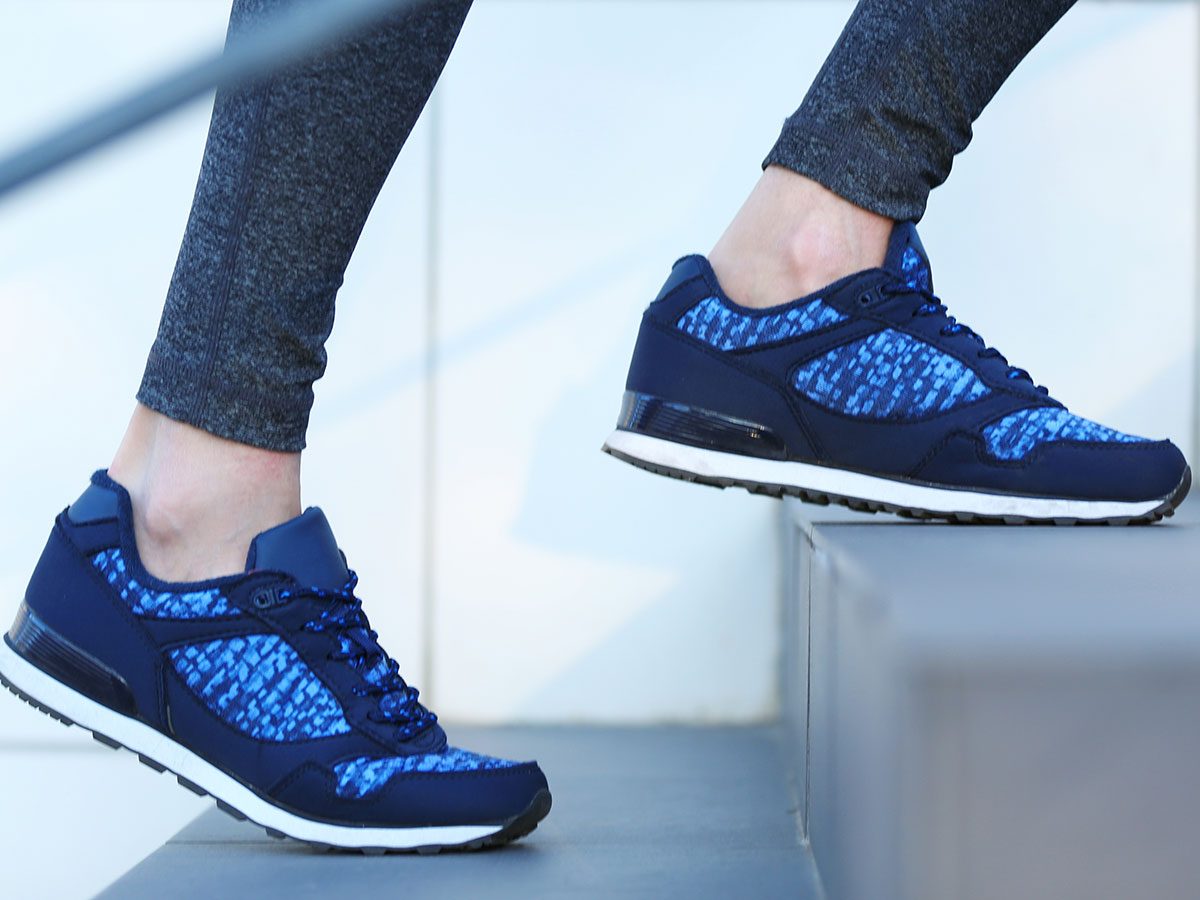
Leaning into the arms rails of the Stairmaster
“It drives me crazy when I see people doing this in an effort to support their body weight,” says Pam Moore, an ACE-certified personal trainer in Boulder, Colorado. “Not only does it look seriously uncomfortable, more importantly, it keeps you from getting the most out of the exercise.”
Instead, Moore suggests lowering the intensity a few notches and climbing at a pace where you can lightly rest your hands on the rails just for balance.
“You can always increase the pace once your body adapts and you can handle more intensity while maintaining good form,” she says.
(Related: Is The New Peloton Bike+ Worth the Price?)
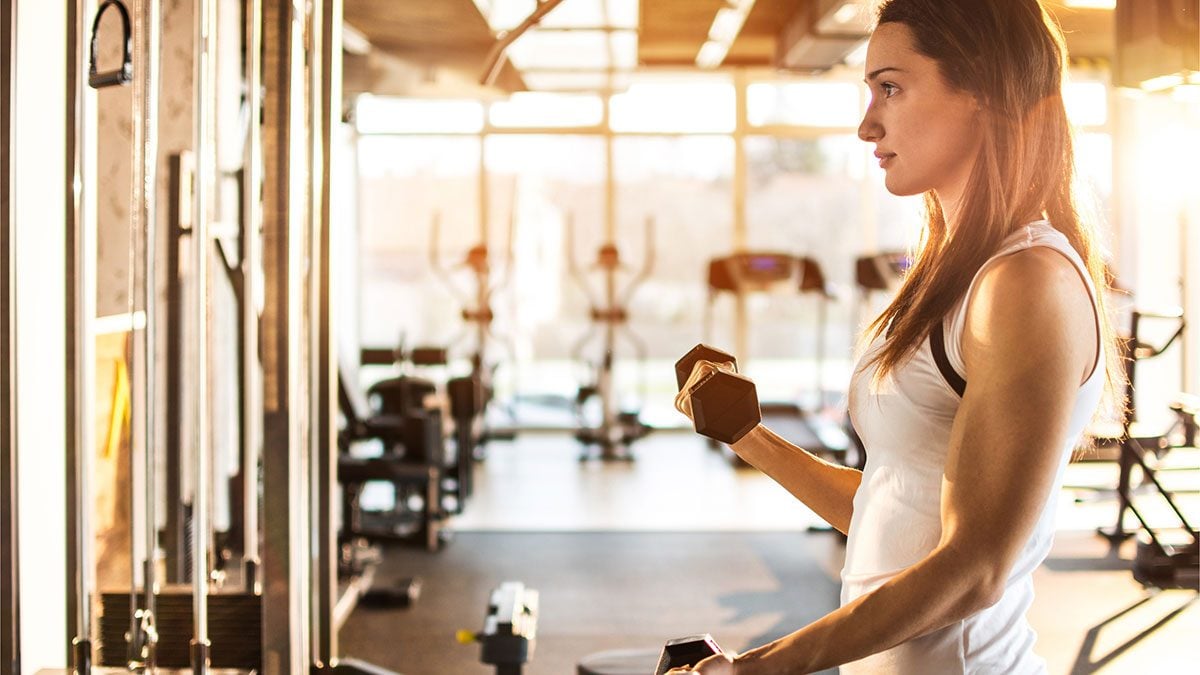
Bicep curls and tricep extensions alone
While there’s nothing wrong with the exercises themselves and they can help some people reach their overall strength goals, the average gym-goer is trying to maximize the limited time they have to spend working out, Moore explains. Such people would be better off focusing on compound movements, such as squats, deadlifts, chest presses, pull-ups, rows, and variations of these exercises.
“Compound, or multi-joint movements, offer more ‘bang for your buck’ because they engage multiple muscles in one movement,” she says. “Plus, they tend to more closely mimic activities of daily living—think picking up a 50-pound bag of pet food—and therefore are more functional.”
